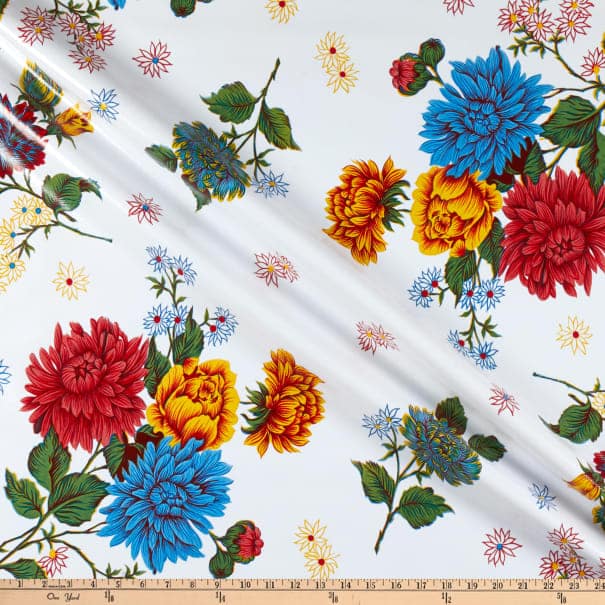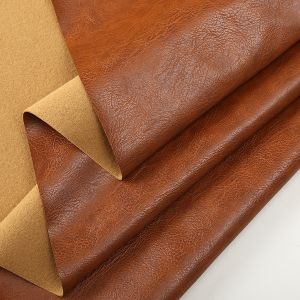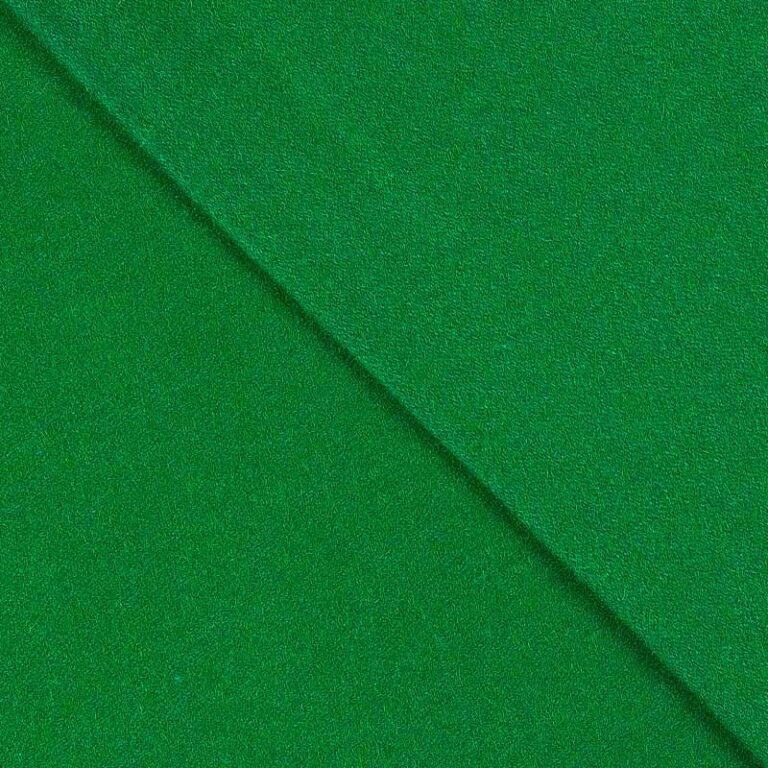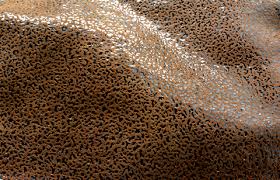Broderie Anglaise Fabric: History, Properties, Uses, Care, Where to Buy
Plain fabrics with various colours are what most of us have acquaintance with, but what adds more to the fabrics’ beauty is the embroidery, lace and other designs and works on it. But what if you get a fabric like Broderie Anglaise that has all in one feature?
The Broderie Anglaise is a fabric with cut edges, hole designs, group patterns and a little embroidery. These fabrics are made of Cotton or Polyester and available mostly in white colour. This fabric incorporates the features of cutwork, needle lace and embroidery.
Table of Contents
History of Broderie Anglaise Fabric
The technique of Broderie Anglaise was invented during the 16th century in the current Czech Republic of eastern Europe. However, it has always been associated with England due to its massive popularity in the 19th century.
In the era of Victorian, the Broderie Anglaise had open circles and areas of different sizes. They used transfers to lay out different designs on the material. In some circumstances, they punched out the holes with a stiletto used for embroidery before they finished the edge. While in other cases, they used to embroider the fabric first and then cut the holes afterwards with scissors.
Workers used to make the fabric by hand until the 1870s when the Swiss hand-embroidery machines were invented that copied the techniques and designs of Broderie Anglaise. Today, almost all Broderie Anglaise fabrics are machine-made.
Properties of Broderie Anglaise Fabric
Aesthetic Designs:
The Broderie Anglaise is best known for its designs. It is characterized by eyelets which are different composed patterns of oval and round holes. The fabrics are first to cut into different shapes in order to form eyelets and afterwards bound with buttonhole or overcast stitches. These patterns are often designed in flowers, stems, leaves or vines’ shape with simple embroidery added in the end. Its elegant details add more to its beauty.
Soft and Comfortable:
Since these fabrics are made of cotton or polyester, they are very soft like wool. Additionally, the clothes made by this fabric are very comfortable to wear.
Durable:
The Broderie Anglaise has a long life. You can wear and use this fabric for a higher duration without experiencing normal wear and tear.
Uses of Broderie Anglaise Fabric
Nightwear:
The Broderie Anglaise has a major use in the manufacturing of night clothing. Its cosy fabric and elegant design make it the best choice for nightwear.
Underclothing:
This fabric is also used for making undergarments, especially for women. Its soft material makes it very comfortable for underclothing.
Home Decoration:
Companies also manufacture elegant tablecloths and curtains with this fabric. The curtains and tablecloths made by Broderie Anglaise will add more to your home’s beauty with its aesthetic designs.
Dresses and Scarves:
The major use of this fabric is in clothing. Instead designed for children or adult, the dresses and shirts of all kinds made of this fabric look beautiful on everybody. Moreover, you will also find the use of this fabric in scarves.
Caring of Broderie Anglaise Fabric
How you care for your fabric plays a vital role in its durability and pristine condition. Caring instructions are different for each fabric. You cannot wash cotton with the instructions given for leather fabric. Therefore, you should know what your fabric is and how to retain its quality by following its care instructions.
For your Broderie Anglaise fabric, you can wash it by hand or use the machine. Hand wash is easy, use lukewarm water and some suitable detergents. But be cautious when you machine-wash it. Make sure you do not put any items in the machine that can quickly hook in the holes of your fabric.
Where to buy Broderie Anglaise Fabric
We recommend buying Broderie Anglaise fabric at https://amzn.to/4b6kxLB.






